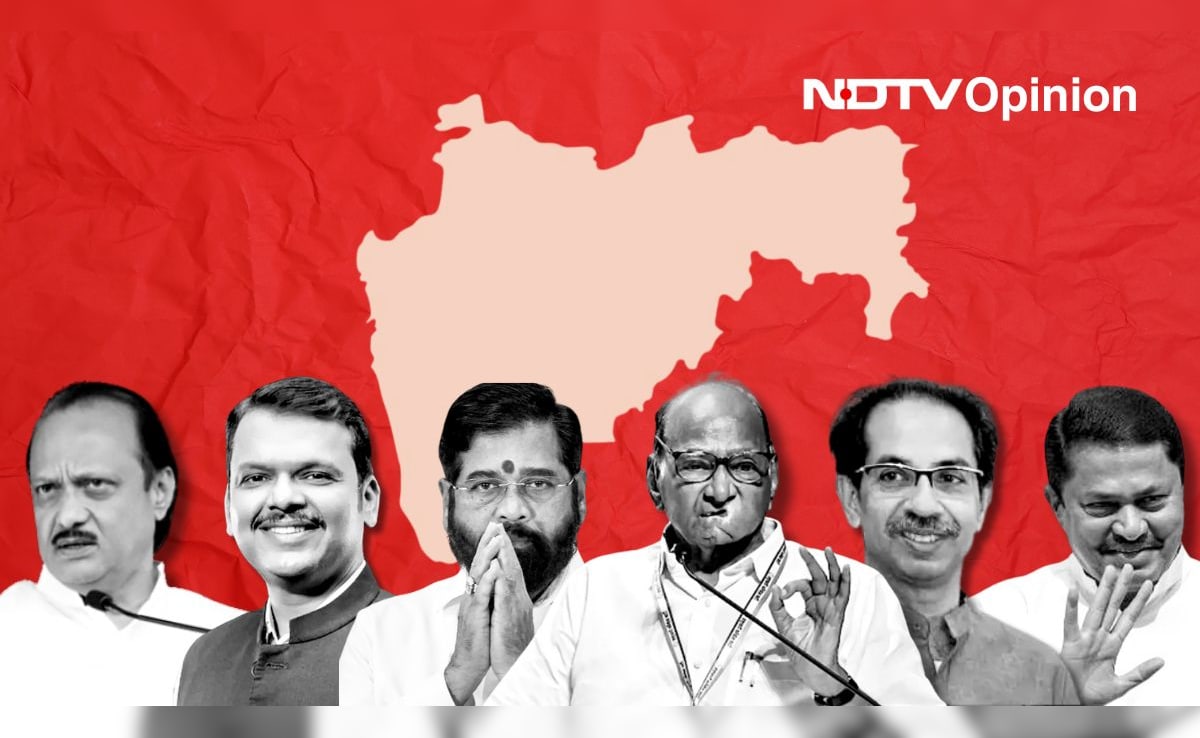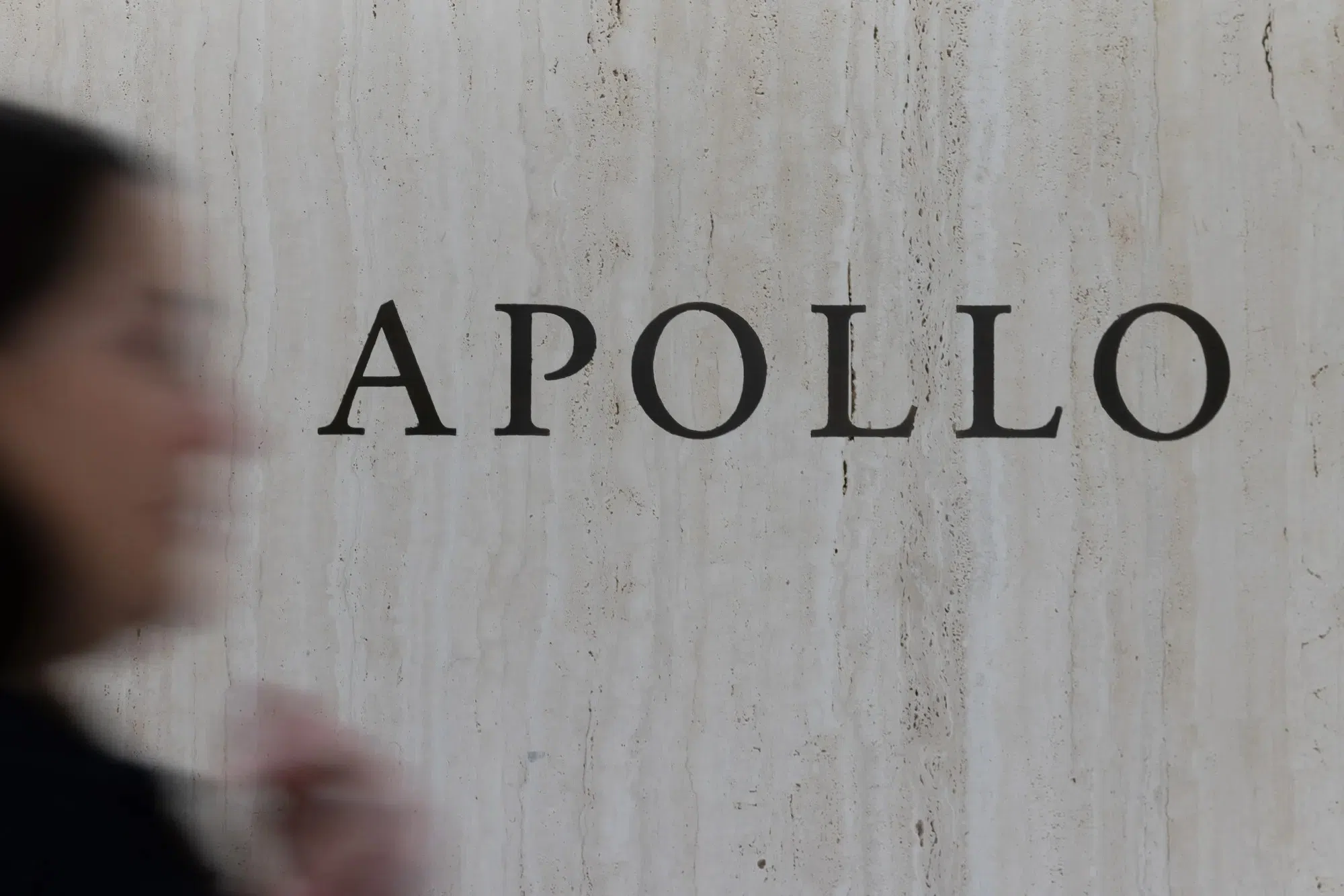Looking to sharpen your mathematical skills? Dive into the Maharashtra elections, where permutations and combinations abound. By the time a new government forms in India’s most industrialised and influential state, you might just feel like a maths wizard.
In fact, psephologists, pollsters, and self-styled political pundits including yours truly should consider this election a refresher course. This is one of the most complex elections India has seen, where conventional wisdom and existing political theories may count for nothing once the people’s verdict is out.
The contest is so fragmented that legacy data is of little use to strategists hoping to read the voters’ minds. Not only has the number of parties increased exponentially, but the average number of candidates per constituency has surged as well—from nine in 2004 to 11 in 2019, and now 14. That too after a record withdrawal of candidates.
Complex Regional Dynamics
Imagine an average of 14 candidates—some rebels, some propped up as independents and many official party candidates—in each of Maharashtra’s 288 constituencies. Add in factors like caste, region, religion, and urban-rural dynamics, and the picture is anything but clear.
But that’s not all. In traditional Shiv Sena strongholds like Konkan and Mumbai, it is Sena versus Sena competing for dominance. In regions with a significant Maratha presence—North, Marathwada, and West—it is going to be NCP (Nationalist Congress Party) versus NCP. As per the latest count, two rival Sena factions—one led by the current chief minister and the other by his predecessor—will face off in 49 assembly seats. Meanwhile, the two NCP factions will compete in 38 seats.
Any guesses as to which way the Marathas will vote or how the Hindutva factor will play out in these Sena and NCP clashes? In Vidarbha, a relatively underdeveloped region, the classical battle between the Bharatiya Janata Party (BJP) and the Congress continues, with loyalties shifting frequently. Which way will it go this time?
Vidarbha is known for its closely contested elections, though there have been some exceptions. In the 2014 assembly polls, the BJP dominated, winning 44 out of the 62 seats available, while the Congress managed only 10. By the next election, the BJP’s tally fell to 29 seats, while the Congress’s improved to 15. However, in this year’s Lok Sabha elections, there was a significant shift: the Maha Vikas Aghadi (MVA) led in 42 assembly segments, reducing the BJP-led National Democratic Alliance (NDA) to just 19. Will the region flip again as it has done all too frequently?
It’s not just about regional shifts either—there are complexities within complexities. Consider these examples:
- It remains unclear how Maratha quota leader Manoj Jarange Patil’s decision to withdraw from the electoral race will play out. Both the NDA and MVA claim the move will benefit them.
- Which alliance will be more affected by the 25 candidates from Raj Thackeray’s Maharashtra Navnirman Sena (MNS) in the Mumbai region—the NDA or the MVA?
- Despite numerous efforts by top leaders from both major alliances, 18 NDA rebels and 22 MVA rebels remain in the race. Will voters adhere to the official party line and reject the rebel candidates?
- In some constituencies, while the official party candidate has withdrawn, the rebels remain in the race. How will this impact the election results?
- What will happen in constituencies like Mumbai’s Mahim, where the NDA has chosen to support Raj Thackeray’s son, while the sitting MLA from the ruling party refuses to back down?
Now, it’s up to you to analyse the numbers, calculate the potential impacts, and draw your conclusions—putting your math skills to the test.
Region-Wise Voting Patterns In 2019

Statutory Warning: Drawing conclusions based on past elections can be risky! Alliances have changed drastically between 2019 and 2024.
Mushrooming Political Entrepreneurship
If you’re interested in political entrepreneurship, Maharashtra is the place to watch. Rarely has an election seen so many contestants—independents, smaller parties, and two alliances with six parties each. Established players dominate the field, but tensions within alliances have led to a surge of rebels and independents.
Many aspirants hope that the threshold for winning will be lower this time, increasing their chances. Though the major alliances may not admit this, some leaders in both the MVA and the NDA have strategically fielded vote-cutters and rebels to spoil their opponents’ chances. The sheer number of independents reflects a belief that Maharashtra may have a lower entry barrier. Some of these political startups could gain a premium post-verdict, while others may just fade away, only to resurrect later.
A Masterclass In Election Management
This election is also a masterclass in managing a campaign down to the last voter. All six major players are seasoned, yet the contest tests their mettle as the voter remains tight-lipped, keeping everyone guessing. Will voters keep each party on tenterhooks, or will they deliver a decisive verdict in favour of an alliance? No one knows.
One thing, however, is visible to discerning eyes: a thoughtful, silent voter. The messaging from the BJP and the Rashtriya Swayamsevak Sangh (RSS), backed by local yatras to rally caste groups, is meant to complement Chief Minister Eknath Shinde’s focus on the Ladki Behna scheme, with four to five instalments already delivered. There’s also a stark contrast between the understated Sharad Pawar and the more vocal Congress, ever eager for the limelight.
This election has truly become a seat-by-seat battle. Broad state-wide or even regional trends won’t capture the intricacies. Each seat will tell its own story. And that is fascinating for the complexities involved, as listed above in detail.
In the bustle of electioneering, many factors will likely influence voters—some confusing, some promising, and some simply inexplicable. Maharashtra continues to attract the lion’s share of foreign direct investment (FDI), totalling 52.4% of the country’s FDI in the first quarter of the current financial year.
The state also has a robust pipeline of projects generating thousands of quality jobs. It hosts India’s auto hub, financial hub, entertainment hub, and a thriving startup ecosystem, which is second to none. Despite so much going right, Marathas—one of the dominant social groups in the state—are demanding quota for themselves. Why is that? Is a fractured polity with a surge of candidates and parties to voters’ liking?
Wise voters will weigh all these factors—and more—while casting their votes. The guessing game will continue. After all, we are in the midst of one of India’s most complex and unpredictable elections yet.
(Sanjay Pugalia is the CEO & Editor-in-Chief, AMG Media Network)
Disclaimer: These are the personal opinions of the authors







